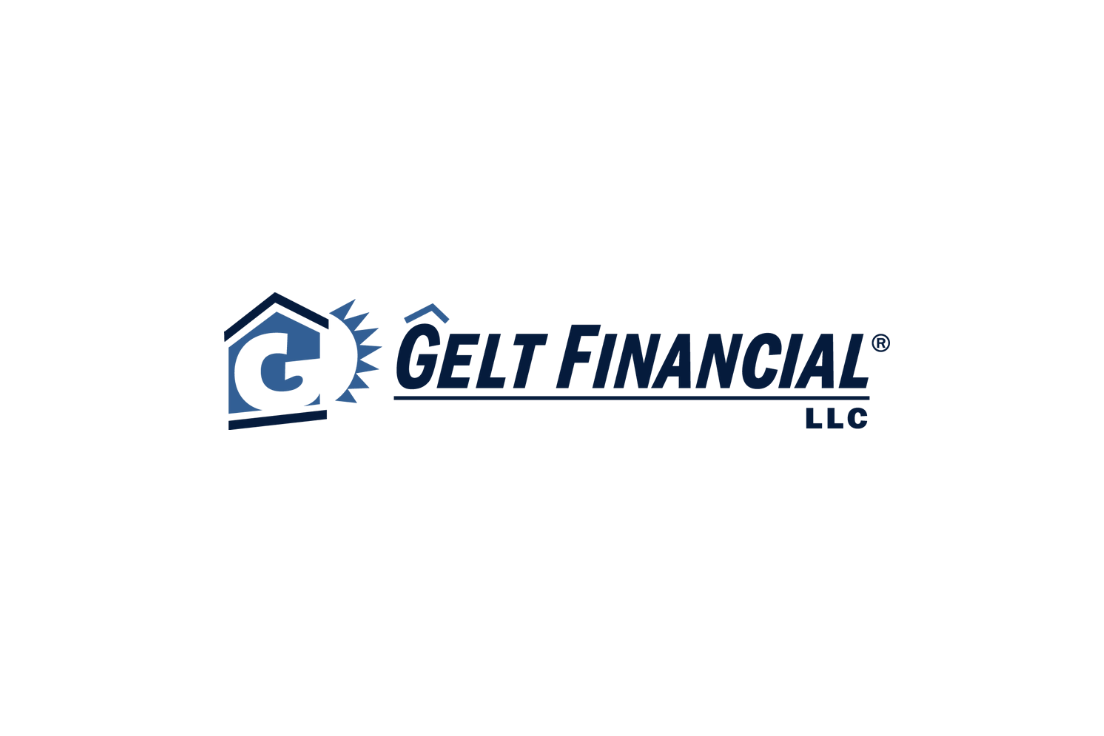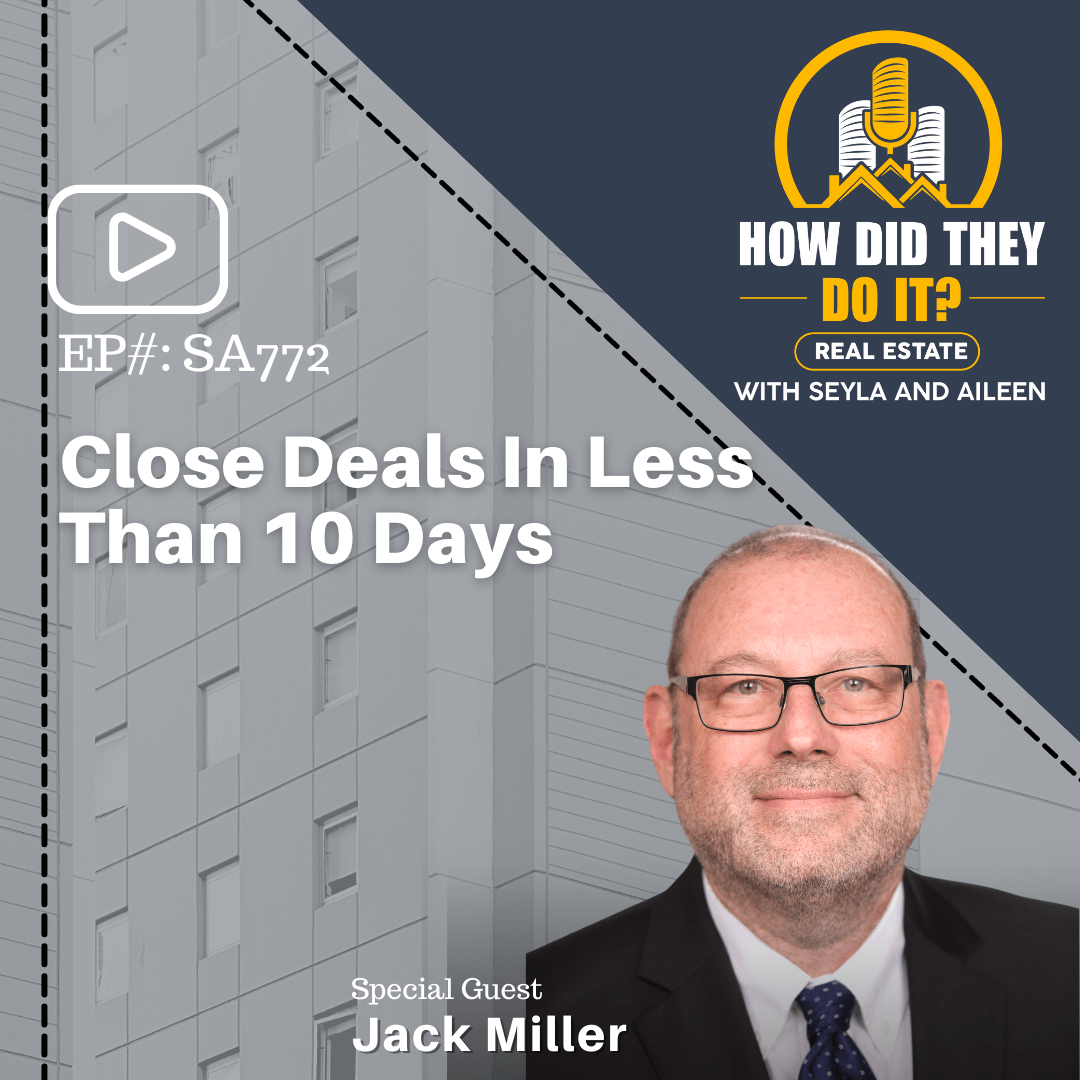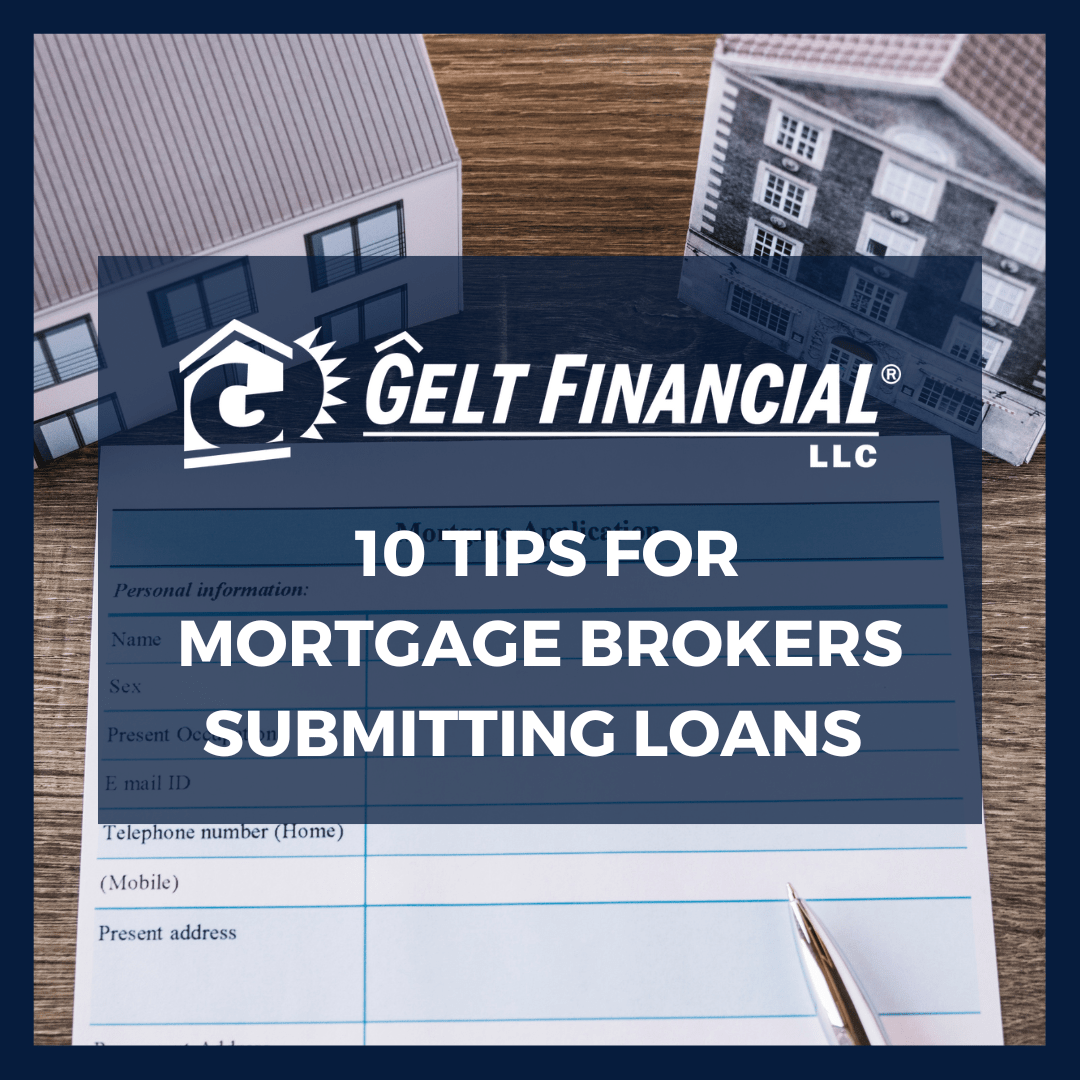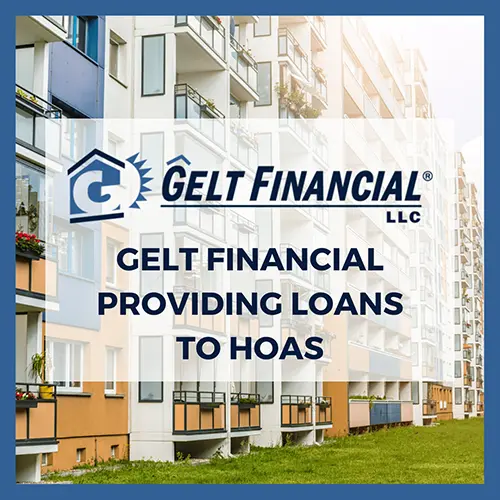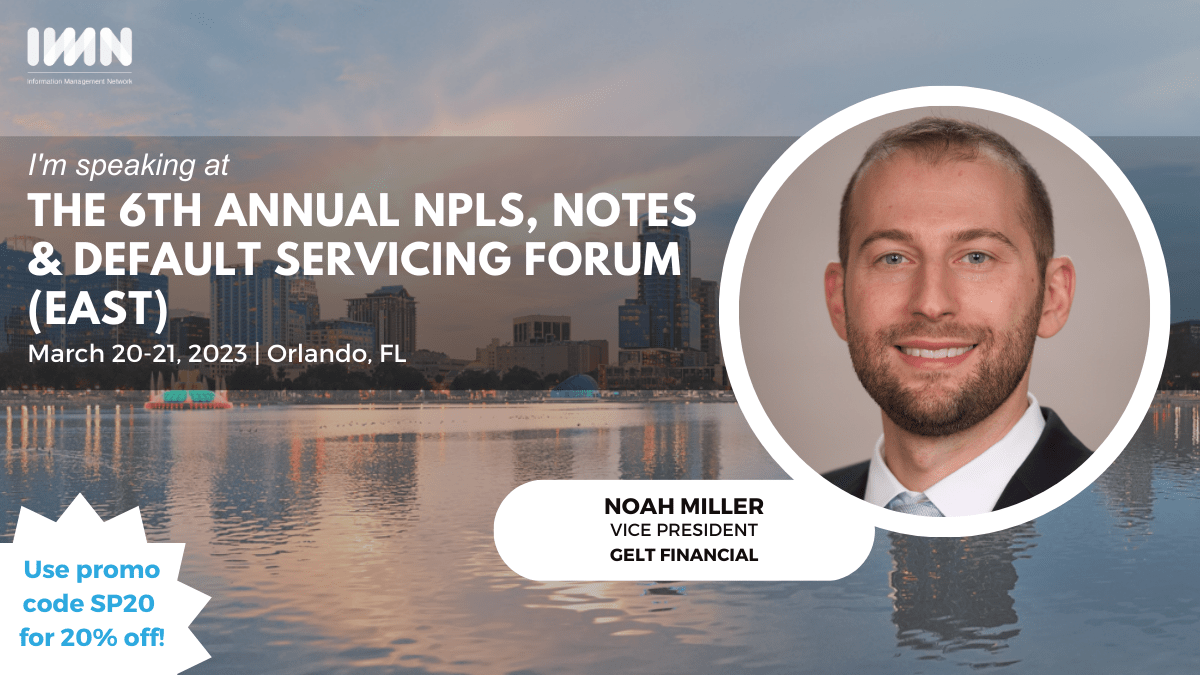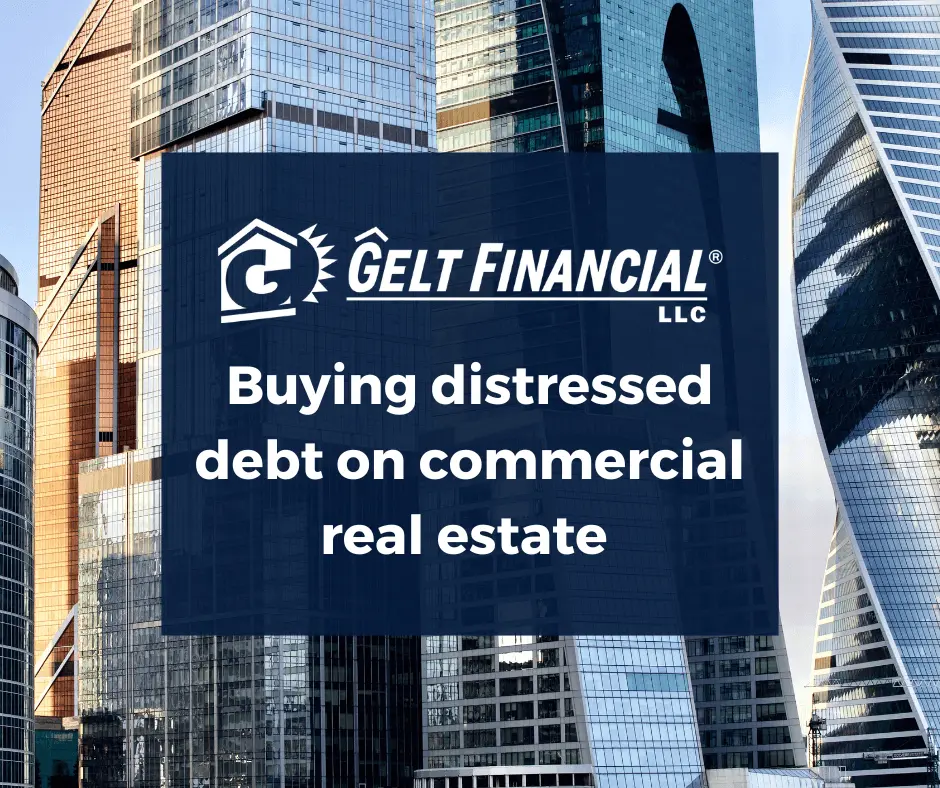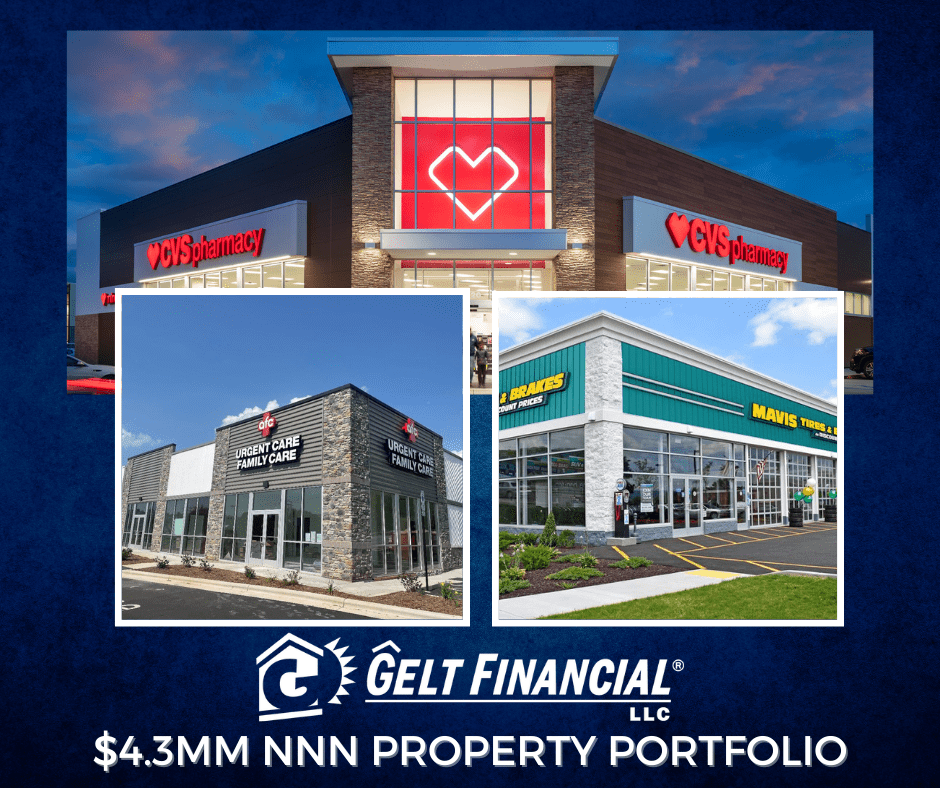Jack Miller gives an example of an interesting and creative deal. It was a TIC roll up where our borrower/partner made a lot of money using our money.
“Hey Larry, this is for you to answer your question about a weird deal that we did. Our sister company, actually Quick Liquidity, did it. But I’ll tell you about it, a fascinating deal. We get a call from a guy, happen to be an attorney who had located a tenant-in-common deal, a TIC deal that was under distress. Now, how TIC deals work is they’re fractionalized. So, one guy may own 1% of it, one guy may own 10% of it, but they’re all separate ownerships. I’m not going to spend too much time dealing with a TIC deal. I can make a video, and that’s a good topic. But anyway, he found the TIC deal. The property was, it was actually, five separate locations, about a little bit over a million square feet in five separate states. There was one master lease to a publicly traded company. It was an A-grade tenant. The lease ran through, I think it was like 2031. It was a long-term lease. My years may be off a little bit, but it was a long-term lease.
What was interesting about this is the mortgage had exercise. It was a CMBS deal, and they had an exercise clause to lock down the cash flow. So, it had approximately about a million dollars in profit to the TIC, to the partnership, that was going toward the principal. So, it produced tremendous phantom income or earnings. So, imagine if you own 10% of this, for example, you’re getting a K1 that showed about a hundred thousand dollars a year in income, but you’re not getting any cash disbursements to pay this, so that’s called phantom income. And this had about a million, million two, or a million three in phantom income. He had bought a small percentage of the TIC, maybe 1% or 2% or 5%, something like that, to get his foot in the door. And this particular TIC, has a lot of them do, have a clause that if you control up to 75% of them, some say 60%, some say 80%, the TIC is collapsible or revertible to one common deal. So, he had this opportunity where he thought that he could get enough of the control to 75% to force a buyout of the other 25%. Approximately 12, 13 million was owed. He thought he needed about seven and a half million dollars to do this, and we provided him the seven and a half million dollars as equity. It was an equity investment. We structured it as prep equity.
So, what he did was with our capital, he bought up to the 75%. Then with our additional capital, uh total, we thought it was going to be about seven and a half, and it turned out totally out to be about 8.4 or 8.5 million we provided him. He was able to control the whole deal, which at the time he bought out the other 25% partners for roughly, he was into it for about 21-22 million dollars, and the whole thing was worth about 31-32 million dollars based on a market cap rate. He paid us off with some bank financing. We provided him the equity to acquire that. Why I love this deal so much, because it was so unusual and so many varying pieces. Because this particular borrower made, give or take ten million dollars, maybe eight million dollars in his pocket by identifying the right deal.
You know, a fantastic deal. These deals don’t come by every day. The guy who our borrower, who we work with, who really was a partner in the deal, really orchestrated this deal flawlessly. He performed wonderfully, and he did a fantastic job putting it together, and he earned himself a huge payday for this, because of our capital. And the reason I like this deal is because we love when our borrowers make money with our money, and he could have afforded to pay us our higher than bank rates and our equity investment rates because he made so much on this deal, and it was a fantastic deal for him. It was a fantastic deal for us. We loved it. Not every day do you be able to be the equity partner in a TIC buyout, but we love those creative deals. We’re ready to do those deals and be opportunistic about all deals we look at. We don’t look at ourselves as lenders or equity investors or JV or Mezz, but we look and say, how can we provide the capital that’s needed to get in a deal and give our borrowers or our partners the capital to make money and self-understood us make money too. So that was a creative deal that we did. It closed. It paid off. That’s why I use that as an example. But we’re really doing creative deals all the time as long as there’s value, and in this case, this guy unearthed value when people say the market’s bad or it’s the top of the market or you can’t make money in the market. He found the diamond in the rough, and he executed on it with our help, and we were thrilled to be part of it. So that’s for you. You asked the question on YouTube. I’m answering the question. Have a fantastic day. Take care.
Category: Deals Done






